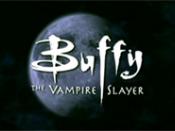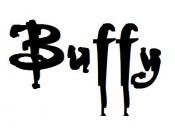Tattooing is a process by which the skin is pierced and a dye of some kind is inserted below the surface. So really, tattooing is a form of piercing. Is it because a tattoo is so enmeshed with the body, and so visibly permanent, that it is seen as a different process with different connotations to say piercing one's ears? Westerners tend to see the body as a reflection of one's outer and inner morals, beliefs and qualities. One can display one's 'place' in society often merely by appearance. Susan Benson states that it can only be through the body and embodied action that we make visible, to ourselves and others, what we are. To scrutinize the body, then, for the signs of what may lie within or beyond it has been a powerful preoccupation within the Western tradition (2000: 235). This quote emphasises the importance of the tattoo in social and historical analysis.
As well as expressing personal beliefs or affiliations tattoos serve as signs to the observing other if decipherable. Any cultural artefact can be considered a text that carries significance and which can be decoded or interpreted. The skin being the largest organ of the body presents both, a boundary between the self and others, and also a site of exchange between the self and others (Caplan 1997:113). What better place then to inscribe oneself or to be inscribed, with an emblem, a very precise visible alteration to the 'natural' state of the skin - with a speaking scar (Caplan 1997: 129). Through utilisation of the tattoo, the body serves as a permanent reminder of the past. Although negative connotations and associations stemming from the nineteenth century are still tied strongly to the practice and display of tattoos today, the tattoo can be seen as an affirmation...


